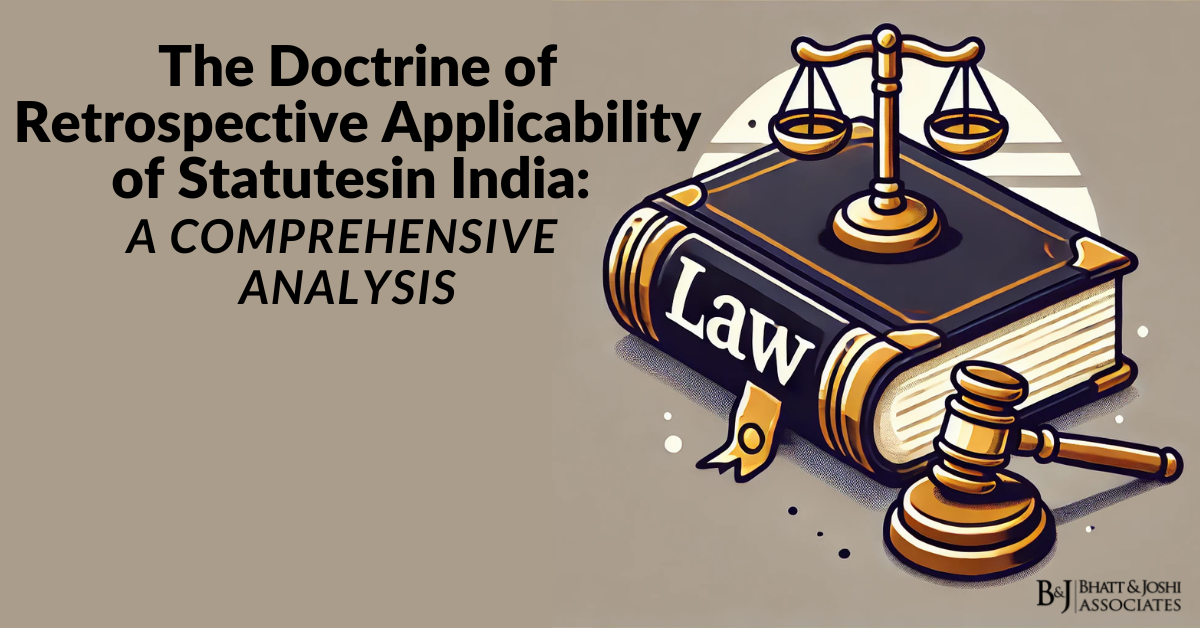Introduction
The London Court of International Arbitration (LCIA) is one of the world’s leading international institutions for commercial dispute resolution. The LCIA provides efficient, flexible and impartial administration of arbitration and other ADR proceedings, regardless of location, and under any system of law1.
What is a Notice of Arbitration?
A Notice of Arbitration is a formal document that commences the arbitration process. It outlines the nature of the dispute, the relief sought, and other relevant details1. Upon receipt of this notice, the respondent is required to submit a Response to the Notice of Arbitration1.
Time Frame for Response
Under the LCIA Arbitration Rules, the respondent has 28 days to file an Answer / Response to the Notice of Arbitration1. Short extensions of time are often granted following a reasoned request1.
Contents of the Response
The respondent’s Answer is not a full reply to all particulars of a case, and it generally includes few, if any, supporting documents1. However, it must include certain information as provided for under the rules that are applicable to the dispute1. This includes:
- Respondent’s name and contact details: This includes the name and contact details of its representative.
- Preliminary comments on the dispute: This includes any initial observations or comments on the dispute.
- Response to relief sought by claimant: This includes any comments or responses to the relief sought by the claimant.
- Observations and proposals concerning choice of arbitrators: This includes any comments or proposals regarding the choice of arbitrators.
- Comments on applicable rules of law and language of arbitration: This includes any observations or comments on the applicable rules of law and language of arbitration.
- Description of counterclaims: If there are any counterclaims against the claimant, these should be described in detail.
Conclusion
Responding to a Notice of Arbitration under LCIA is an important step in arbitration proceedings. It sets out your initial defense and can shape how your case progresses. Therefore, it’s crucial to understand what it entails and how to properly respond within the given time frame.
Learn more:














